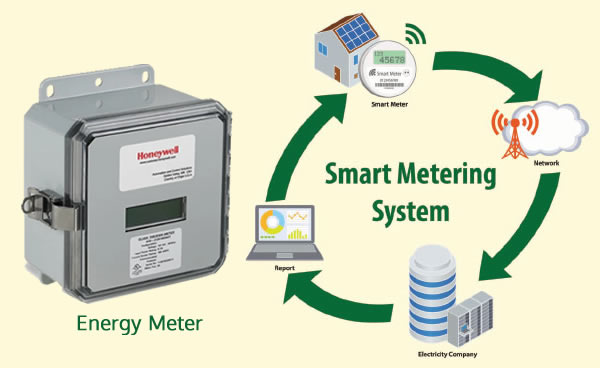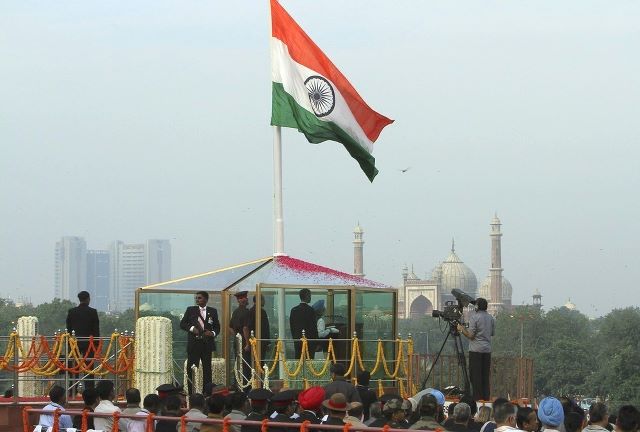The previous BJP government in Himachal Pradesh entered into a tripartite agreement with the government of India(GoI) to obtain loan/budgetary support. This loan, known as the Revamped Distribution Sector Scheme(RDSS), aimed to improve the operational efficiencies and financial sustainability of the HPSEB(Himachal Pradesh State Electricity Board Limited), the state’s only DISCOM. But what does increasing efficiency and financial sustainability mean? According to the agreement, it meant to reduce the AT&C losses to 12-15% and eliminating the gap in supply cost (ACS), and revenue realisation(ARR) by 2024-25. Top of Form
However, it this agreement truly about sustainability of the institution and efficient management or is it backdoor entry of the private players, in a way, introducing the provisions of the Electricity(Amendment) Bill, in the Lok Sabha? This move followed the farmers agitation, which vehemently opposed the bill and forced the central government to shelve it.
The agreement specified that the total scheme amounted to Rs 3,701 crore. Out of this, Rs 1,913 crore was allocated for improving the operational efficiencies of HPSEBL, and Rs 1,788 crore was designated for implementing smart metering for approximately 26 lakh consumers in the state.
It is worth emphasizing that Himachal Pradesh attained full statehood in the year 1971, and by the 1980s, the state achieved 100% coverage of electricity connections. This achievement is remarkable considering the state’s sparsely populated nature, with a density of 123 people per square kilometre(according to 2011 census), which was even lower in 1980s. In some districts like Lahaul & Spiti the population density is as low as 2 people per square km. The efficiency of the electrification efforts in the state can be understood from the fact that despite such challenging geographical topography, the entire state was successfully electrified.
Burden on the common consumer
The amount of Rs 3,701 crore may appear attractive for any state to avail and proceed with desired changes, especially when these changes are presented as measures to increase efficiency and introduce smart metering. However, the reality tells a different story. It is a well-established fact that the system improvement works cost 20% more based on past practices, and these costs will not be covered in the scheme. As a result, HPSEBL will face an additional burden of Rs 382 crore. Moreover, the power utility, will be compelled to generate an additional liquidity of Rs 1000 crore to implement the scheme.
Another significant aspect of the agreement is that if the parameters associated with the scheme and its targets are not achieved, the grant of Rs 1,721 crore will be converted into a loan to the power utility, the HPSEBL.
Smart metering will impose a substantial burden on the common people of the state, as highlighted by the general secretary of the HPSEBL union in a memorandum submitted to the current chief minister on July 2, 2023. According to the agreement, smart metering support constitutes only 22% of the total amount, which is just Rs 393 crore. The remaining amount will be generated or paid by the HPSEBL at a rate of Rs 90 per month for a period of 9 years under the public-private participation on a TOTEX mode, which is a combination of CAPEX and OPEX, both capital and maintenance and operation costs.
This amount, which will tantamount to approximately Rs 15,000, considering the interest rate, will have to be borne by the people of the state who were never consulted regarding the type of metering they require.
It is worth noting that the HPSEBL in the state replaced all the mechanical meters with electronic meters. However, with the introduction of smart metering, all the expenditure incurred on the replacement will go to waste, and the newly installed meters will become obsolete and turn into scrap.
HP State Electricity Board Losses Mount
The financial situation of the HPSEBL is indeed a cause of concern. The power utility is currently facing an accumulated loss of Rs 2,750 crore. Considering the implications of the proposed agreement, it is likely to further deteriorate the financial condition of the DISCOM. This could lead to severe consequences, making it difficult for HPSEBL to recover and operate on a solid footing.
It appears that this situation has been intentionally created to foster an environment of multiple DISCOMs, as the financial and service delivery parameters of HPSEBL would be severely impacted, potentially rendering it irreparable.
The agreement’s public-private participation mode for billing and bill collection raises concerns as it appears to involve outsourcing the work of the power utility. This approach implies handling over the utility to private power players and can be seen as favouring major private entities in the electricity distribution sector. It signifies a significant step towards further privatization of the power sector.
Similar trends of privatization have already occurred in power generation, particularly in hydro power sector, which has now been largely corporatised. The state utility, which initially played a central role in power generation, has been hindered from competing in some of the most promising and viable hydro-power projects. Additionally, the creation of another power generation utility has severely diminished the potential of the state electricity board.
Overall, these developments suggest a pattern of favouring private players and sidelining the state utility, which could have adverse implication for the power sector’s future.
Under the current Sukhu government, there have been significant promises made, such as the provision of 300 units of free electricity and reinstatement of the old pension scheme. The implementation of the OPS has already been taken place. Moreover, the government is actively attempting to reclaim its rights on water, in the form of water cess.
In the present scenario, if the state government fails t recognize the potential risks and challenges ahead, it could become more financially vulnerable. It is important to note that the state already carries a substantial debt burden of over Rs 75,000 crore. In such circumstances, it would not be advisable for the state to further entangle itself in a potentially detrimental situation.
Careful consideration and prudent financial planning are essential to safeguard the state’s financial stability and ensure the effective delivery of public services to its citizens.
Former deputy mayor Shimla.
National convenor, NCU, National Coalition for Inclusive & Sustainable Urbanisation.



